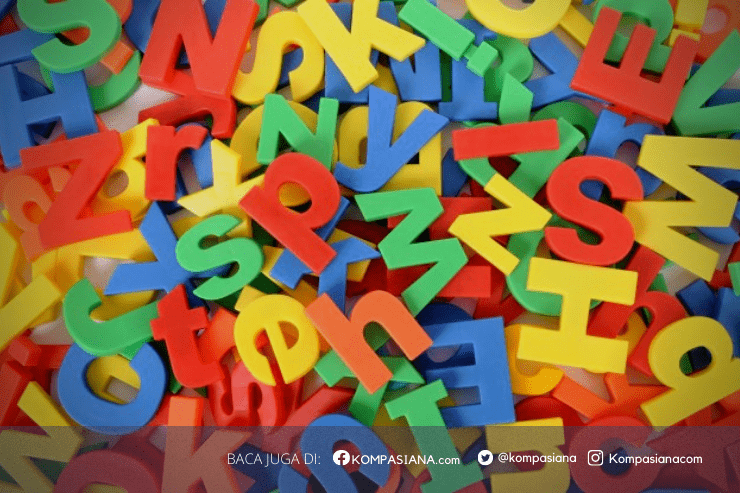Bismillahirrahmanirrahim
When learning about factual text, you will find objects or things as the subjects. For example when we talk about pen, the sentences in paragraphs will mostly begin with the pen itself or its pronoun, like "The pen is red, it is made in Indonesia, it is sharpened with sharpener, it is put in my pencil box, it was bought by my mother, and its' color is blue". Do you know why? Because we are talking about it, the pen is the title, so it becomes our subject idea.
The consequence is, it is passively treated because pen or thing is not a living thing. They cannot move or act by themselves. They need to be moved. Compare with human as subjects, for example student. "Students wear uniform, they go to school everday, they bring books and put them in their bags, they pay attention on teacher in the class, and they go home after that".
Do you see the difference? Betwen sentences of "pen" and sentences of "students"? Yes, the difference is on the structure, one is passive, and the other one is active. I am sure you are familiar with the active, but how about the passive? May be yes, may be no, that's why we are going to learn about it.
Passive
When learning about passive, we have to memorize the structure. Why? Because we are Indonesian. Please don't use your "feeling" because Indonesians have different "feeling" in language, different from western people. So use your memory to remember the structure. This is the simple structure of passive
Subject + to be + Verb 3
Example: My clothes are washed every day. This example is in present tense because the time is "everyday". How about other tenses? There will be a little difference but with the same basic structure.
Simple tenses
Subect + to be + Verb 3
Simple present My clothes are washed







